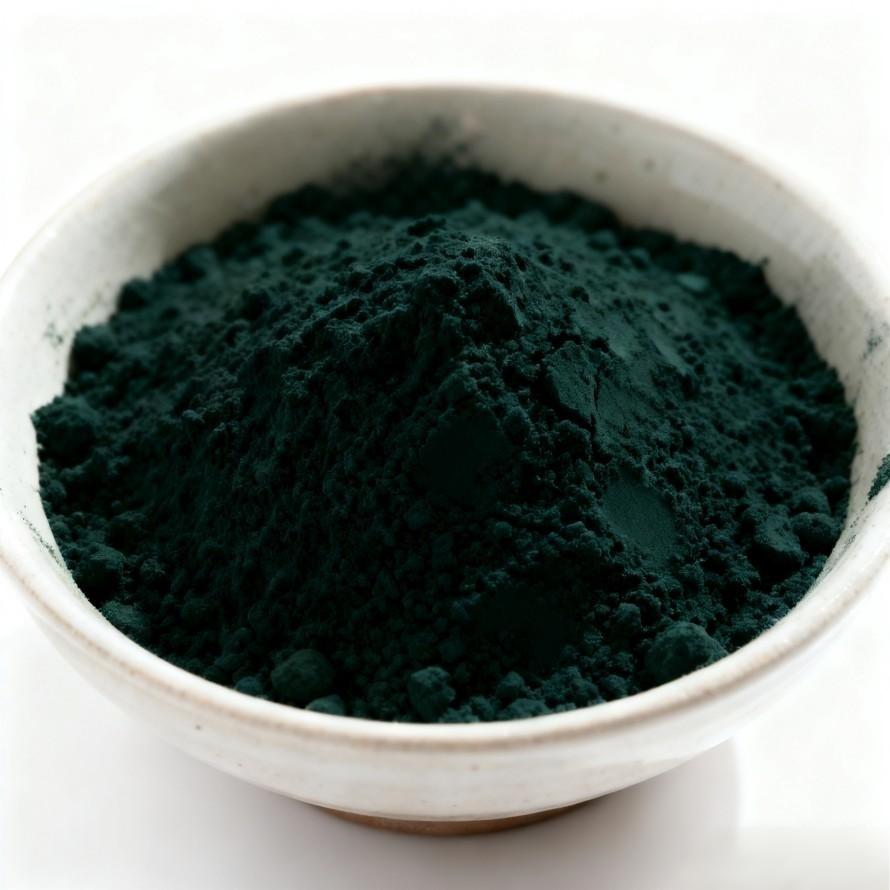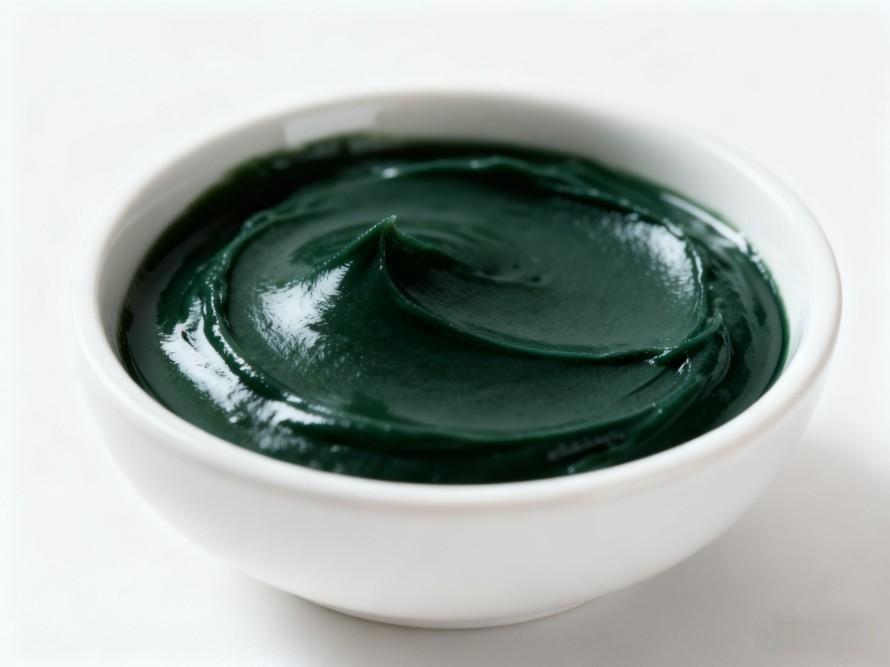Fading and Sedimentation? Find Our Ultimate Solution with Copper Sodium Chlorophyllin
Amid the global trend toward clean labels and natural health, copper sodium chlorophyllin has emerged as an ideal alternative to synthetic colorants due to its vivid green hue and exceptional stability- да. However, many manufacturers encounter unexpected technical bottlenecks when transitioning from laboratory samples to successful commercial products. These challenges are not mere “quality issues,” but rather deep-seated difficulties stemming from the interaction between the raw material's inherent properties and complex application environments.
Are you currently grappling with these specific challenges in your product development?
✨ pH-Sensitive “Color Loss” Crisis: Copper-Sodium Chlorophyllin readily precipitates or undergoes color shifts—turning from vibrant green to unappealing yellowish-brown—in acidic environments (especially in beverages or gels with pH < 4). This not only compromises product aesthetics but also signals structural instability, directly impacting shelf life.
✨ “Fading” risk during thermal processing: Ordinary copper sodium chlorophyllin struggles to maintain its initial vibrant green hue during high-temperature sterilization (UHT), baking, or steaming processes. Color degradation sends a negative signal to consumers, suggesting “stale product” or “inferior quality.”
✨ Compatibility pitfalls in complex systems: When formulations contain metal ions (e.g., calcium, iron), high-strength electrolytes, or specific preservatives, raw materials may flocculate, precipitate, or discolor. This leads to uneven product texture, defects, and even clogging of filling equipment.
✨ Batch-to-Batch Unpredictability: Variations in precursor raw materials (like silkworm sand or alfalfa) and imprecise production controls can cause fluctuations in color value, hue, and impurity profiles across batches. This uncertainty forces your production team to constantly adjust formulations, increasing quality control burdens and risks.
✨ The “Invisible Barriers” of Regulations and Certifications: Global market regulations for colorants are becoming increasingly stringent, while specific certifications like Halal and USDA/EU Organic have become essential entry tickets to premium markets. Without compliant and fully certified ingredients, your innovative products will face significant hurdles right from the start.
These challenges fundamentally test the comprehensive technical capabilities of raw material suppliers. They demand not just product delivery, but solutions rooted in deep understanding.
Green Spring Technology: From Understanding Challenges to Delivering Certainty
Green Spring Technology recognizes that each of these issues directly impacts your product's success. Our comprehensive chlorophyll copper sodium salt raw material solutions systematically address these deep-seated challenges:
Through molecular-level process control, we enhance its structural resilience in harsh environments; via full-chain lean production, we ensure high batch consistency from source to finished product; and with comprehensive global certifications and professional technical support, we clear market access barriers for you, providing end-to-end application support from lab to mass production.
Choosing GreenSpring means selecting a predictable, stable quality guarantee for your green products. Let us transform these application challenges into your solid market advantage.
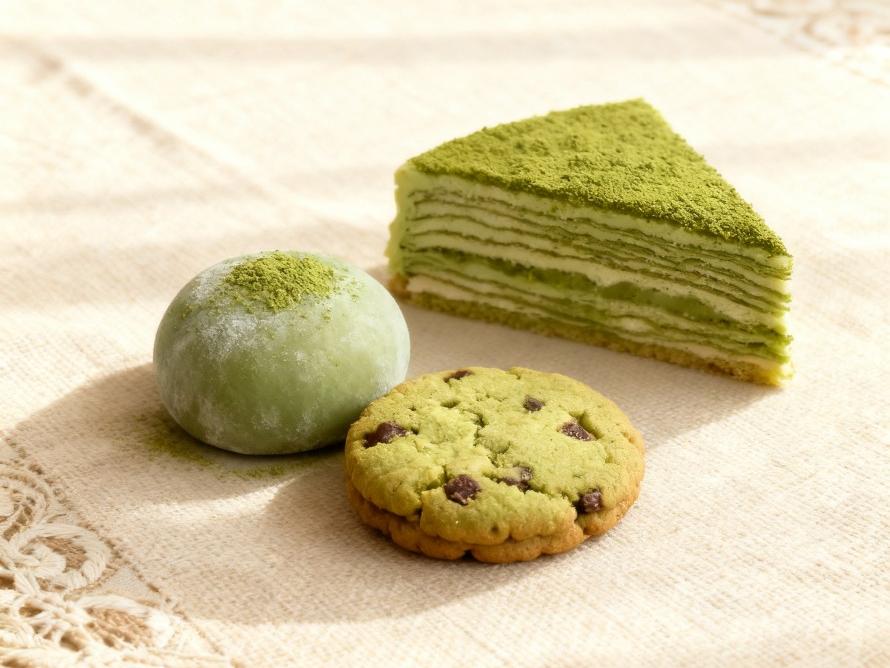
Part One: What is Chlorophyll Copper Sodium Salt Raw Material?
Chlorophyll copper sodium salt is a water-soluble coloring agent purified and modified from natural green plants through modern fine chemical processes. It is not only nature's green essence but also a stable product born from the fusion of science and technology.
1. Core Definition
Chlorophyll copper sodium salt is refined from chlorophyll-rich plants (such as silkworm sand, alfalfa, spirulina, etc.) through key steps including saponification, copper substitution reaction, purification, and salt formation. The final product is a dark green, odorless or slightly distinctive-smelling powder or liquid that is highly soluble in water, possesses strong coloring power, and exhibits vibrant hues.
2. Identity and Compliance
Globally, it is widely recognized as a safe food coloring agent (INS code 141ii) and cosmetic coloring agent (CI 75810). Its safety and applicability have been evaluated and approved by numerous international authorities, including the U.S. FDA, European EFSA, and China's GB 2760, permitting its use in various designated food categories and cosmetics.
3. Key Process Analysis
* * * * * Saponification: Removes the phytol side chain (chlorophyllin) from chlorophyll molecules in plant materials, transforming them from lipid-soluble to water-soluble precursors.
* * * * * Copper substitution: Replaces the unstable magnesium ion (Mg²⁺) at the chlorophyll center with stable copper ions (Cu²⁺). This step is crucial for enhancing light and heat stability, enabling better tolerance to processing and storage conditions compared to natural chlorophyll.
* * * * *Purification and Salt Formation: Impurities are removed through refining processes, followed by salt formation with sodium to yield high-purity, standardized copper-sodium chlorophyllin products.
4. Fundamental Differences from Natural Chlorophyll
Many confuse copper-sodium chlorophyllin with chlorophyll directly extracted from plants—a common misconception. The core distinctions are:
* * * * * Natural Chlorophyll: Contains a magnesium ion at its center, making it extremely sensitive to light and heat. It readily discolors to a yellowish-brown demagnesated form under acidic conditions, severely limiting its applications.
* * * * * Copper-Sodium Chlorophyllin: Contains a copper ion at its center, offering structural stability and significantly enhanced light and heat resistance. Its water-soluble nature enables broad application in food, health supplements, and cosmetics where stability is critical.
In summary, copper-sodium chlorophyllin represents a scientifically modified upgrade of fragile natural pigments into a stable, versatile, safe, and compliant modern industrial material—a reliable choice for achieving the “natural and green” ideal in products.
Part Two: Diverse Application Scenarios of Хлорофиллин из меди Raw Material
Leveraging its natural, safe attributes and exceptional stability, copper chlorophyllin has successfully transcended multiple sectors, becoming a key ingredient for achieving “healthy green” visual language. From culinary delights on the dining table to daily skincare rituals, it infuses countless products with natural vitality through its unique charm.
1. Food & Beverages: Bestowing Healthy, Natural Green Appeal
· Candies and Jellies: Provides transparent or rich emerald hues for gummy candies, hard candies, and jellies, creating visually appealing products that meet consumer expectations for “no artificial colors.”
· Beverages: Widely used in neutral to slightly alkaline drinks (e.g., fruit/vegetable juices, dairy-based beverages) to create shades ranging from fresh grass green to deep lake green, enhancing the product's natural appeal and perceived value.
· Baking & Dairy: Used in ice cream, cake decorations, cookies, etc., maintaining excellent color stability even during baking and freezing processes.
· Condiments & Sauces: Adds natural green hues to specific sauces and dressings.
2. Health Supplements: Crafting a Professional and Trustworthy Product Image
· Capsules and Tablets: Primarily used for coloring plant-based capsules, softgels, and coated tablets. Its natural green symbolizes “plant extraction” and “health,” effectively boosting consumer confidence in product efficacy and facilitating differentiation between various specifications or functionalities.
3. Cosmetics and Personal Care: Defining a Pure Skincare Experience
· Soaps and Cleansers: Offers diverse greens for handmade soaps, cold-process soaps, and cleansing balms, creating a natural, refreshing visual appeal.
· Masks and Creams: Added to clay-based masks, lotions, and creams, its natural origin aligns perfectly with product concepts like “detox” and “soothing.”
· Toothpaste and Mouthwash: Serves as a safe coloring agent for oral care products, delivering a pleasant green hue.
· Cosmetics: Can be incorporated into select makeup formulations to create natural, distinctive shades.
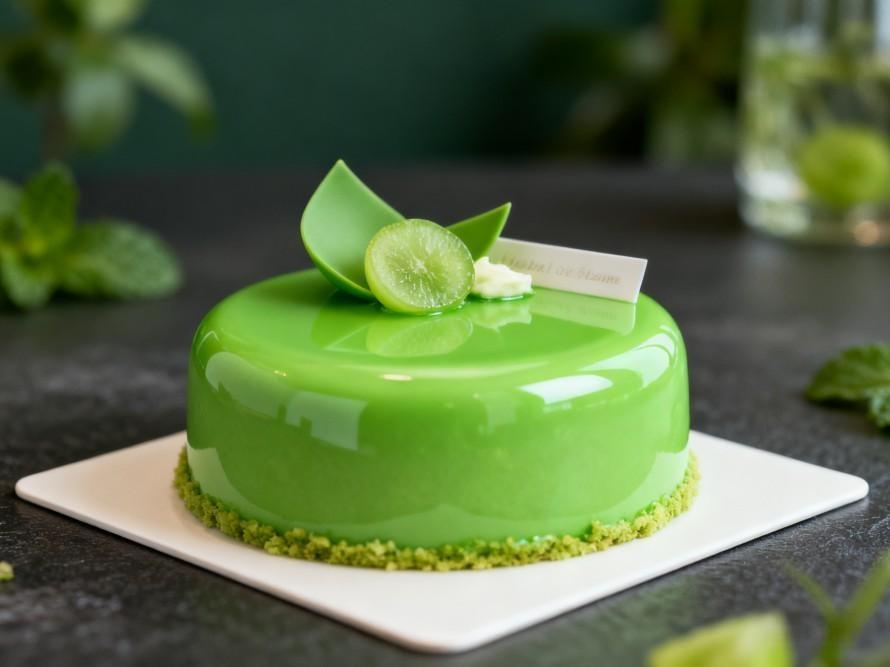
4. Pharmaceuticals and Other Industrial Applications
· Pharmaceuticals: Used as a coloring agent for drug coatings and capsules to identify medications, enhance patient experience, or mask the color of excipients.
· Other: Also applied in pet food, industrial dyes, and other sectors.
Part Three: Scientific Mechanism of Chlorophyllin Sodium Salt Functionality
To fully leverage chlorophyllin sodium salt's potential across applications and effectively address the stability challenges mentioned in Part I, understanding its underlying science is crucial. As a scientifically modified natural derivative, its exceptional performance stems from its unique molecular structure.
1. Origin of Color: Optical Properties of the Conjugated Large π-Bond
The core chromophore of copper sodium chlorophyllin is its porphyrin ring structure—a planar, large conjugated system formed by four pyrrole rings linked via methylene bridges.
· Coloration Mechanism: The highly delocalized π electrons within this conjugated structure selectively absorb photons from specific bands of the visible spectrum (primarily in the blue and red regions). Light reflected after absorption—the complementary color perceived by the human eye—manifests as vivid green.
· Stability Foundation: This coloration, determined by the molecular electronic structure, is inherently more stable than many natural pigments that rely on specific chemical groups (chromophores) for color.
2. Core of Stability: The Critical Role of Copper Ions
Compared to natural chlorophyll with a central magnesium ion (Mg²⁺), copper-sodium chlorophyll has a central copper ion (Cu²⁺) instead. This substitution is key to its qualitative leap in performance.
· Ionic Stability Differences: Magnesium ions (Mg²⁺) possess a smaller radius and higher charge density, making them highly susceptible to displacement by hydrogen ions (H⁺) in acidic environments. This leads to molecular structural disruption and color fading (converting to demagnesated chlorophyll). Copper ions (Cu²⁺), however, form stronger, more stable coordination bonds with the porphyrin ring.
· Enhanced Complex Structure: The incorporation of copper ions creates an exceptionally stable metal complex. This structure significantly enhances the molecule's tolerance to heat, light, and pH fluctuations, enabling long-term color stability during food processing and product storage.
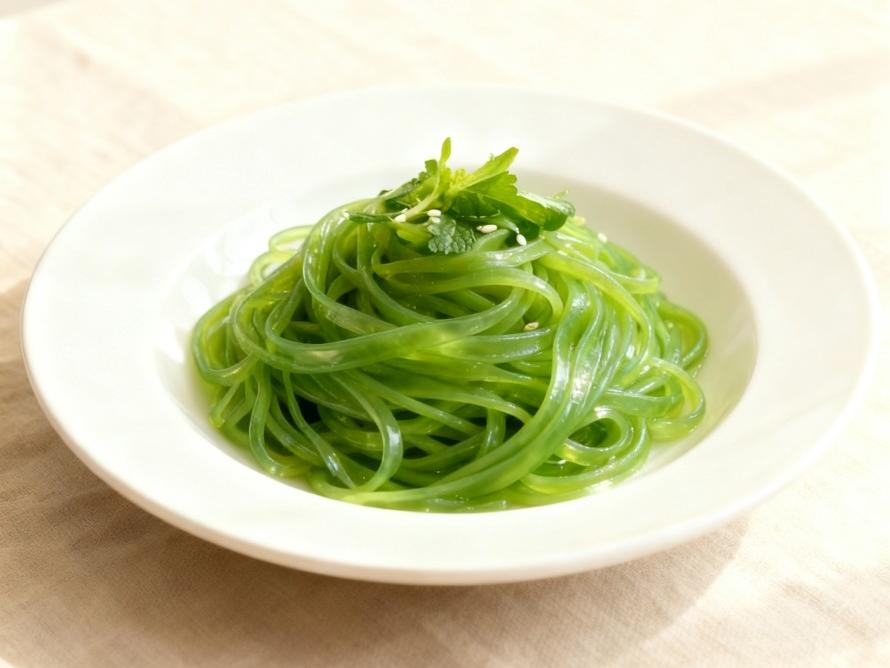
3. Solubility and Application Convenience: Introduction of Hydrophilic Groups
During preparation, the hydrophobic phytosterol chains on chlorophyll molecules are removed. Hydrophilic sodium carboxylate groups (-COONa) are introduced via saponification.
· Water-Soluble Source: These sodium carboxylate groups enable easy dissolution in aqueous systems, forming true solutions. This achieves uniform, streak-free coloring effects, greatly expanding its applications in beverages, water-based cosmetics, and other products.
4. Scientific Basis for Safety: Metabolic Pathways
From a safety perspective, the metabolic behavior of copper sodium chlorophyllin—a macromolecular complex—within the body is a critical factor in assessing its safety. Scientific research indicates this substance is poorly absorbed in the gastrointestinal tract and is primarily excreted unchanged via the digestive tract in feces. This unique metabolic characteristic forms one of the scientific foundations for its recognition as a safe colorant by major global regulatory agencies.
In summary, copper sodium chlorophyllin is not merely a green powder. Its exceptional coloring power, stability, and safety stem from the synergistic effects of its stable copper porphyrin structure, hydrophilic sodium salt group, and specific physicochemical properties.
Part Four: How to Select the Right Chlorophyll Copper Sodium Salt Raw Material?
In the complex supplier landscape, making the right choice is crucial. A high-quality chlorophyll copper sodium salt raw material not only determines the final color and appearance of the product but also directly impacts production stability, product safety, and the smoothness of market access. We recommend building a professional evaluation system based on the following core dimensions:
1. Core Metrics: Specification and Purity
· Color Value: This is the most critical indicator for measuring coloring strength (typically expressed as E<sub>1%</sub> 1cm, 405nm). A higher color value means stronger coloring power at the same dosage, potentially reducing usage costs. The stability of color value between batches is a key measure of a supplier's process capabilities.
· Purity and Impurity Control: Focus on critical metrics like copper and sodium content, which must fall within theoretical ranges and demonstrate batch consistency. Simultaneously, rigorously test for residual harmful substances (total heavy metals, arsenic, lead, etc.) and solvent residues to ensure baseline raw material safety.
2. Performance Foundation: Quality Stability and Consistency
· Batch-to-Batch Consistency:
Ideal raw materials ensure high consistency across batches in color value, hue, solubility, and impurity profiles. This is fundamental to guaranteeing consistent color and texture in your end products, significantly reducing production debugging and quality control risks.
· Stability Data: Excellent suppliers should provide stability test data for raw materials under varying conditions (e.g., temperature, humidity, light exposure), helping you predict their performance during storage and product shelf life.
3. Safety and Trust: Traceability and Compliance Documentation
· Full Traceability: Suppliers must clearly trace raw material origins (e.g., silkworm sand, alfalfa), which addresses natural attributes and potential allergen control—a fundamental requirement for audits.
· Comprehensive Documentation: Complete technical and compliance documentation must be provided, including:
· COA: Certificate of Analysis for each batch, serving as proof of quality commitment.
· TDS: Technical Data Sheet, detailing physical/chemical properties and application guidelines.
· MSDS: Material Safety Data Sheet, guiding safe storage and handling.
· Regulatory Compliance Statement: Proof of compliance for target markets (e.g., China GB, EU, US FDA).
4. Market Access: Specific Certifications
· If your product targets specific consumer groups or premium markets, the supplier's possession of certifications such as Halal, Kosher, COSMOS, USDA Organic, or EU Organic will directly determine your product's market reach.
5. Long-Term Value: Supplier's Technical Management and Support Capabilities
· Customization Potential: Can the supplier adapt product specifications (e.g., particle size, solubility) to your specific applications (e.g., high-acid beverages, clear systems, high-temperature processing)?
· Technical Support: When pigment-related issues arise during product development or production, can the supplier provide professional, timely technical support to collaboratively find solutions?
Summary: Selecting a copper sodium chlorophyllin supplier is far more than purchasing a product—it's choosing a long-term, reliable partner who shares your risks. A supplier excelling across all five dimensions delivers not just raw materials, but quality assurance, innovation support, and market confidence.
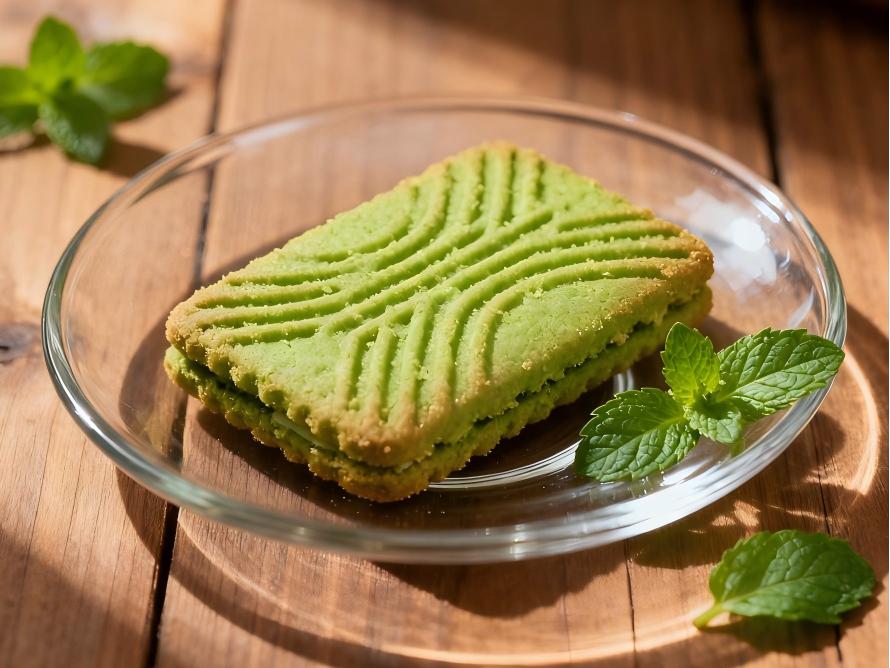
Part Five: Green Spring Technology's Comprehensive Chlorophyll Copper Sodium Salt Raw Material Solutions
When selecting chlorophyll copper sodium salt raw materials, you need more than just a supplier—you need a strategic partner offering comprehensive technical support and quality assurance. Leveraging years of expertise in natural pigments, Green Spring Technology provides complete solutions ranging from standard products to customized formulations.
1. Comprehensive Product System: Meeting Diverse Application Needs
Standard Product Series:
· 100% Sodium Copper Chlorophyllin Powder
· High-purity raw material with stable color value, suitable for pharmaceutical and health supplement sectors demanding strict purity
·15% Liquid Copper Chlorophyllin
· Ready-to-use aqueous solution for rapid dispersion in liquid products, ideal for beverages and liquid health supplements
· Mulberry Leaf Extract Chlorophyllin Sodium
· Natural origin with full traceability, meeting clean label product requirements
· 3% Oil-Soluble Copper Chlorophyllin
· Specially processed for superior solubility and stability in oil-phase systems
Customized Solutions:
· Application-Driven Customization
· For Acidic Beverage Systems: Develop acid-resistant formulations with pH tolerance extended to 3.0-4.0
· Clear Product Applications: Optimize particle size distribution to ensure solution clarity
· High-Temperature Processed Products: Enhance thermal stability with tolerance up to 130°C
· Process Adaptation Customization
· Adjust parameters like dissolution rate and viscosity based on client production processes
· Provide targeted application process recommendations and parameter optimization
2. Full-chain Quality Assurance System
Source Management
· Establish dedicated cultivation bases for raw materials like mulberry leaves and silkworm sand
· Implement full traceability from cultivation and harvesting to processing
Process Control
· Employ advanced techniques such as ultrasonic extraction and membrane separation purification
· Ensure process stability through ISO9001 and ISO22000 management systems
· Batch-to-batch color difference controlled within ΔE≤1.0
Final Inspection
· Comprehensive Certificate of Analysis (COA) provided for each batch
· Key indicators include: color value, heavy metals, microorganisms, solvent residues, etc.
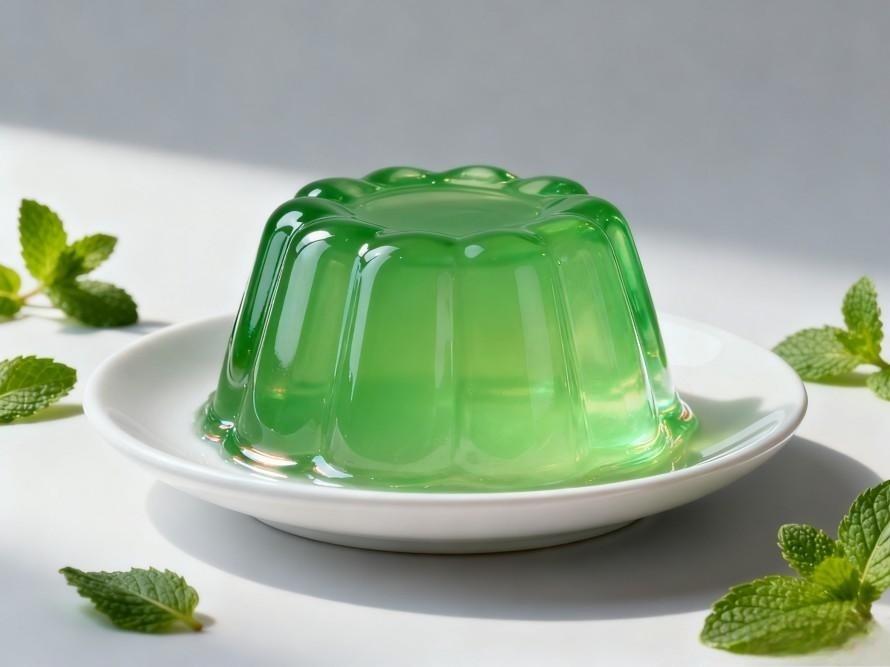
3. Global Market Access Support
System Certifications
· BRC, IFS Global Food Safety Standard certifications
· ISO9001, ISO22000 management system certifications
Product Certifications
· Halal and Kosher religious certifications
· USDA Organic and EU Organic certifications
· COSMOS natural cosmetics standard certification
· Compliance with FDA, EFSA, GB 2760, and other regulatory requirements
4. Professional Technical Service Support
Pre-Sales Support
· Provide sample testing and product selection recommendations
· Share industry application expertise and latest technical trends
During-Sales Service
· Supply comprehensive technical documentation (TDS, MSDS)
· Assist customers with product formulation design and process optimization
After-Sales Assurance
· Establish dedicated customer profiles with regular product usage tracking
· Rapidly respond to and resolve issues encountered during product use
Green Spring Technology is committed to becoming your most trusted partner for copper sodium chlorophyllin raw materials through stable, reliable product quality, comprehensive technical services, and global certification support. We look forward to collaborating with you to develop innovative products with enhanced market competitiveness.
Part Six: Q&A: Common Questions About Copper-Sodium Chlorophyllin Raw Materials
To help you better understand and utilize copper-sodium chlorophyllin raw materials, we have compiled frequently asked questions and provided detailed answers.
Q1: Are copper-sodium chlorophyllin and natural chlorophyll the same thing? What are their main differences?
A: No, they are not the same. This is the most common misconception. The primary differences lie in their core structure and stability:
· Natural chlorophyll has a magnesium ion (Mg²⁺) at its center, making it highly sensitive to light, heat, and acids. It rapidly fades to a yellowish-brown color under acidic conditions, limiting its applications.
· Copper-sodium chlorophyllin is produced through a scientific process that replaces the unstable central magnesium ion with a stable copper ion (Cu²⁺) and introduces hydrophilic groups. This structural modification significantly enhances its light resistance, heat resistance, and stability in complex systems, transforming it into a water-soluble pigment with broader applications.
Q2: Our product is an acidic beverage (pH < 4.0). Using copper chlorophyllin always causes discoloration or precipitation. Does Green Spring Technology have a solution?
A: This is a common challenge in acidic environments. Standard copper chlorophyllin does indeed readily precipitate (“copper green” precipitation) at low pH values. Green Spring Technology has specifically developed an acid-resistant product series to address this. Through specialized optimization of molecular structure and product form, this series significantly enhances solubility and color stability in acidic environments, effectively mitigating precipitation and discoloration issues. Our technical team can provide samples and conduct application testing.
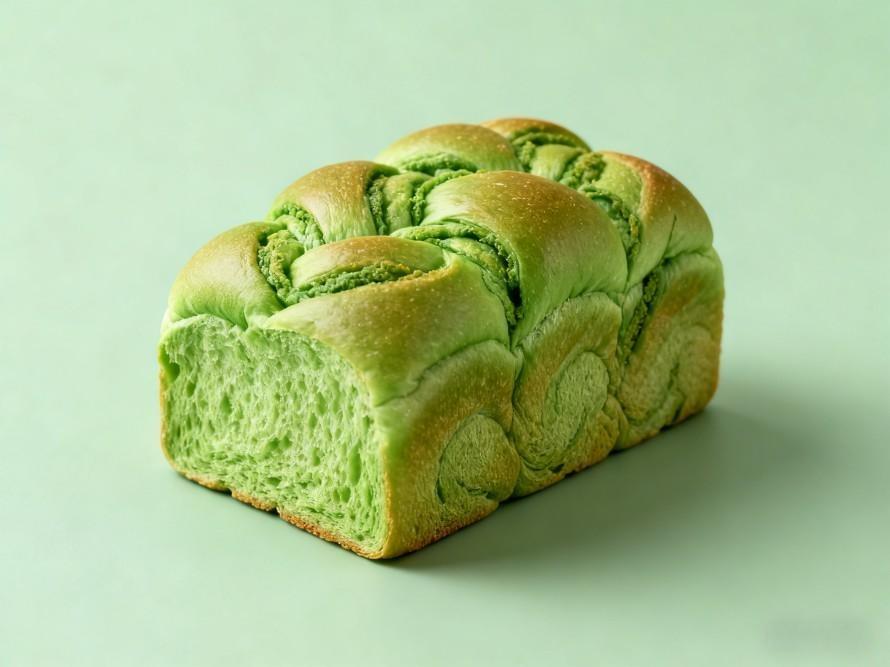
Q3: Is copper sodium chlorophyllate safe? What regulatory approvals does it have?
A: Copper sodium chlorophyllate is widely recognized as safe globally.
· Safety: Its macromolecular structure is poorly absorbed by the human body and is primarily excreted through the digestive tract.
· Regulatory Approvals: It holds regulatory approvals from numerous countries and regions, including China's GB 2760, the U.S. FDA, the European EFSA (E141ii), and Japan's JFSL. It is approved as a colorant for use in designated categories of food, health supplements, and cosmetics.
Q4: How should copper sodium chlorophyllin raw material be stored to maintain stability?
A: To ensure optimal quality, we recommend:
· Store in a cool, dry, dark place in a sealed container.
· Avoid co-storage with strong oxidizing agents or strong acids.
· Use promptly after opening and protect from moisture.
Q5: Can Green Spring Technology provide samples and complete technical documentation?
A: Absolutely. We gladly offer complimentary samples for testing to clients with genuine needs. Complete TDS and COA will accompany any sample. Upon confirming cooperation intent, we can provide full documentation upon request, including MSDS, various certifications (Halal, Kosher, Organic, etc.), and compliance statements to fully support your product development and market access.
Q6: Our product aims for a “100% Natural” label. Is sodium copper chlorophyllin suitable?
A: This depends on the specific regulations of your target market. Sodium copper chlorophyllin is derived from natural plants and undergoes physical and chemical processing. In many markets, including China and the EU, it is permitted for promotion under the category of “natural colorants” or “colorants derived from natural sources.” For products pursuing strict “organic” standards, our USDA Organic and EU Organic certified ingredients would be your ideal choice. We recommend selecting the best option based on your product positioning and local regulations.
Part Seven: Partner with Green Spring to Illuminate Your Product's Natural Colors
Your pursuit of excellence deserves equally exceptional ingredient solutions. Green Spring Technology aspires to be your most trusted partner, leveraging scientific rigor, nature's bounty, and sincere service to help your products stand out in the marketplace.
We firmly believe that collaboration begins with communication. Whether you seek free samples for testing, require detailed technical data sheets, or face specific application challenges needing consultation, our expert team stands ready to support you.
Contact us today to begin our journey of collaboration.
Phone: +86 29 88313578
Mobile/WhatsApp: +86 13649243917
Email: helen@greenspringbio.com
Website: https://www.greenspringnatural.com/
-
Предыдущий
Natural Beta Carotene Ingredient Ultimate Solution
-
Следующий проект
Unveiling the Secret to the Stability of Green Spring Technology's Copper-Sodium Chlorophyll Complex


 Английский язык
Английский язык Французский язык
Французский язык На испанском языке
На испанском языке Русский язык
Русский язык Корейская народно-демократическая республика
Корейская народно-демократическая республика На японском языке
На японском языке